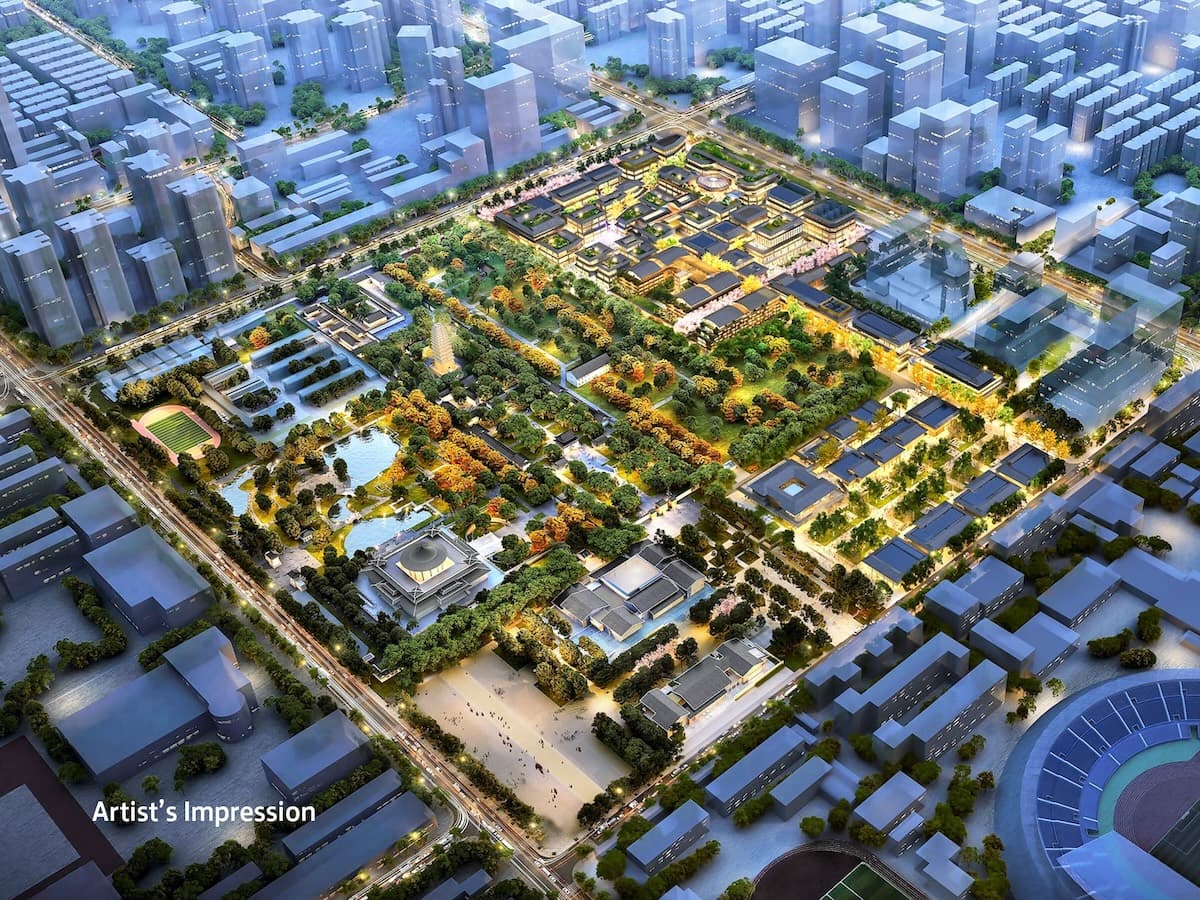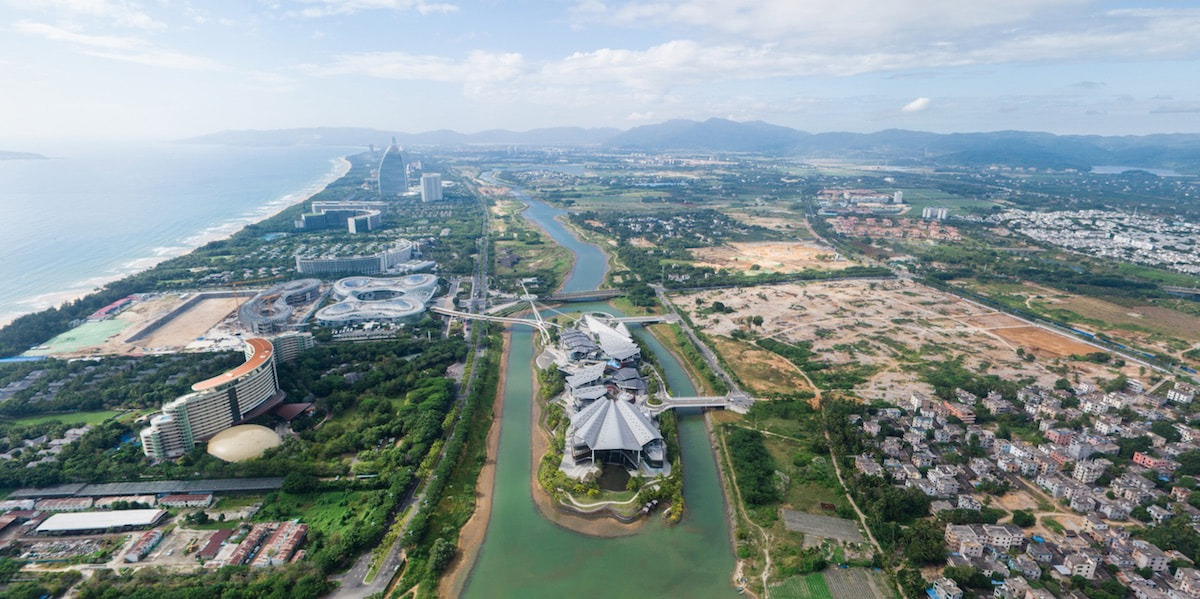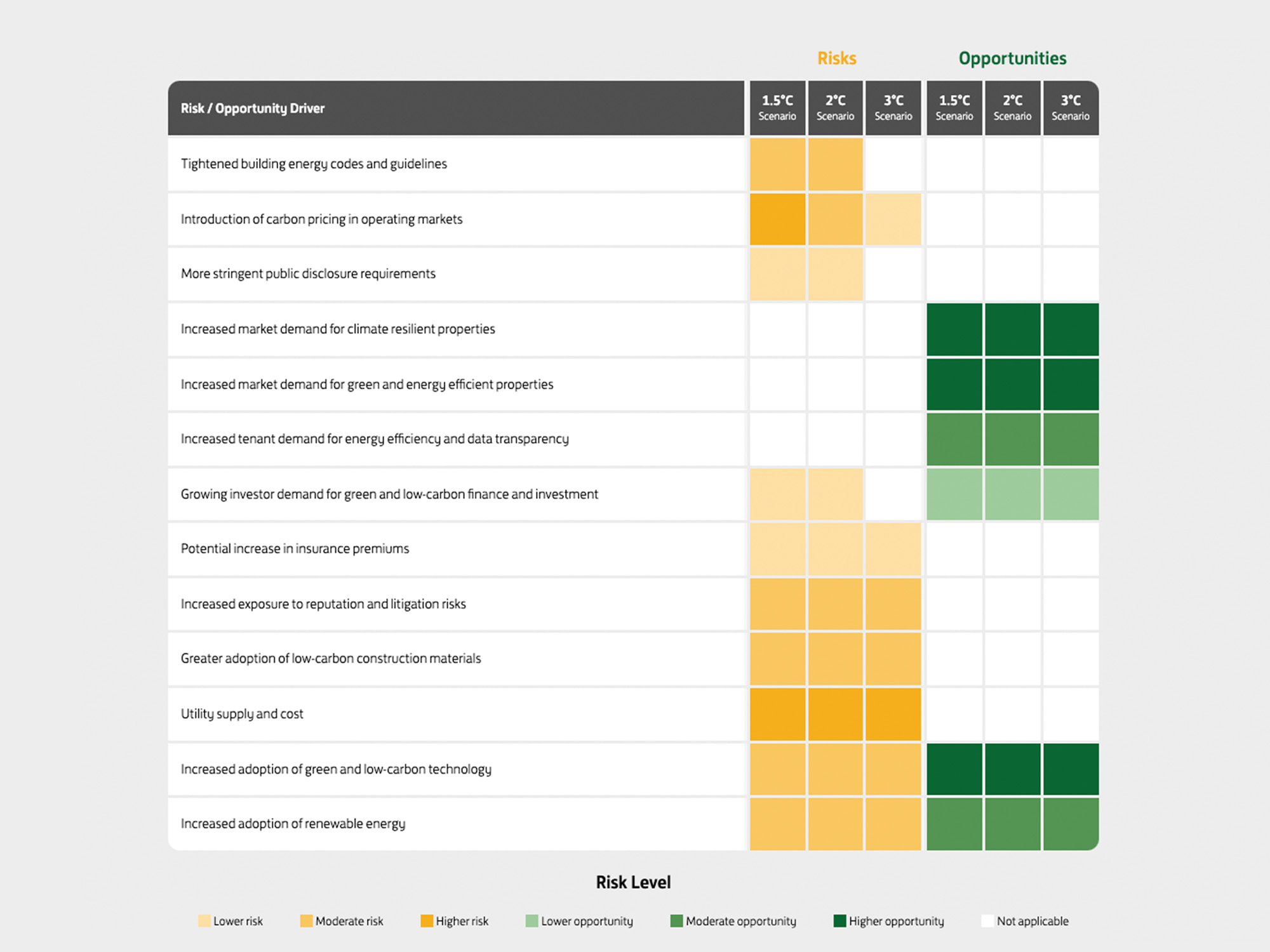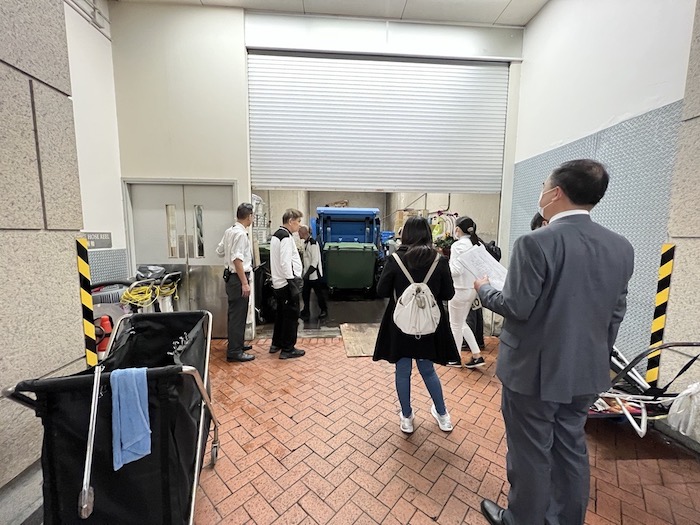Swire Properties has significant investment plans for new projects in the Chinese Mainland and Hong Kong. It is therefore of the utmost importance to expand our climate risk assessment work to cover new project sites. This will allow us to critically evaluate the potential climate exposure of these developments and take early strategic action to incorporate climate resilience into the projects’ design and planning stages.
Climate Resilience Strategy in our Xi’an and Sanya Projects
In response to increased climate-related physical risks from flooding and other extreme weather events, we conducted two pre-assessments of our projects in Xi’an and Sanya, Hainan Island to ensure that climate adaptations and resilience are designed into these developments. This year, we performed deep-dive climate risk hazard modelling associated with the five Shared Socio-economic Pathways (SSPs) scenarios (SSP1-1.9, SSP1-2.6, SSP2-4.5, SSP3-7.0, and SSP5-8.5) used by the Intergovernmental Panel on Climate Change’s (“IPCC”) Sixth Assessment Report, also known as “AR6”. These scenarios range from the immediate term to the distant future, namely, 2030, 2050, 2080, and 2100. We then integrated resilience design for these projects based on projected climate variables, including extreme heat, extreme precipitation, sea level rises, flood depth, and extreme wind speeds.
The types of hazard modelling included urban drainage modelling, riverine modelling, coastal hydrodynamic modelling, and intensified typhoon assessments. Our climate design approach is intended to be flexible and adaptive enough so that the designs can be changed or upgraded according to fluctuating future climate conditions or impacts that differ from projections.
Design solutions for two of the major variables include:
Heat stress:
- Incorporating passive design strategies.
- Designing air-conditioning systems based on projected outdoor design temperatures under various climate scenarios.
- Selecting construction materials that cater to extreme heat and cold.
Flooding:
- Determining design flood elevation based on projected flood depths.
- Incorporating sponge city strategies, nature-based solutions and designing blue-green infrastructure and water-detention facilities such as appropriate landscaping, rain gardens, rainwater collection tanks and sump pump systems.
For Taikoo Li Xi’an, we held a design meeting with architects, the Mechanical, Electrical and Plumbing (“MEP”) consultant and the project team to discuss future climate projections and modelling for identified climate hazards including flooding and heat stress. We also reviewed the Master Layout Plan and MEP design such as heating, ventilation and air conditioning (“HVAC”) and drainage systems. Furthermore, we identified climate risks and opportunities for adaptive design based on climate modelling results. We updated the project’s extreme heat and relative humidity design criteria, design cooling load and flood resilience design based on climate change scenario SSP2-4.5 and SSP5-8.5, while reserving capacity to upgrade the resilience level to cope with future climate impacts.
In Sanya, we conducted a joint site inspection with our consultant to identify climate risks and opportunities for adaptive design. The preliminary results of this inspection are now being considered. One unique proposed design feature is a passive cooling tower for Phase III of the development. This 60m high tower will use a ventilation shaft to capture wind from all directions and direct it downwards, creating passive cooling for the project’s outdoor square. The tower will provide relief from the humid tropical heat, reducing apparent temperatures by 2-3°C on warmer days.
Climate Resilience Strategy in our Xi’an and Sanya Projects
NaN / 2
Typhoon Precautions
Whenever tropical storms or typhoons approach the general vicinity of our properties in Hong Kong and the Chinese Mainland, we conduct stringent checks and take precautionary measures recommended by the authorities. These include ensuring the stability of scaffolding and temporary outdoor structures, securing all equipment and machinery, stabilising trees using anchors, preparing sandbags, and many other items on our comprehensive checklists.
The efforts were put to the test during Typhoon Saola, which directly hit Hong Kong in early September 2023. Despite widespread flooding, along with damage across the city, operations at our properties remained normal. No severe damage was recorded and no significant insurance claims were made.
See More In
NaN / 3





